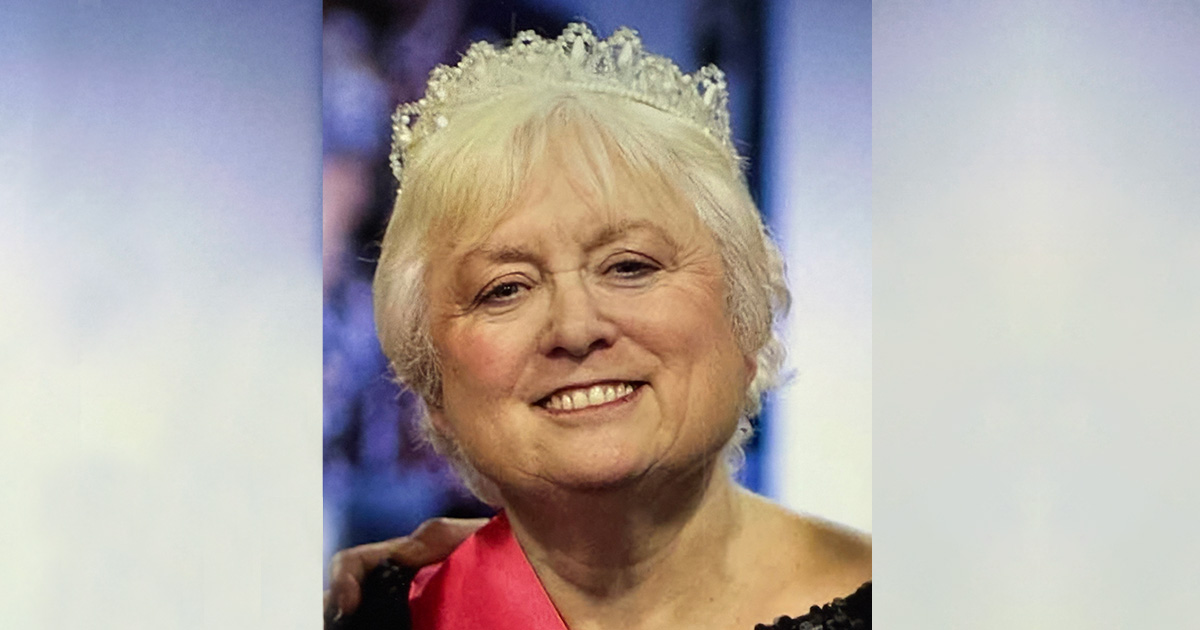Ask around about the best option for insulin conversion in type 2 diabetes, and you will get personal opinions, conflicting responses and, perhaps, even some shrugging of shoulders. It is 10 years since the United Kingdom Prospective Diabetes Study showed that tight glycaemic control achieved improvements in some microvascular disease parameters; and the necessity for insulin treatment, after only a handful of years, to achieve it (United Kingdom Prospective Diabetes Study Group, 1998).
During the late 1990s and early 2000s, a succession of comparative trials (which encompassed the Treat-To-Target algorithm approach) singularly failed to find a front-runner between prandial, twice-daily mixtures and basal (NPH and analogue) insulin regimens in intensively treated individuals. There were, of course, minor advantages to some regimens and some reasonable improvements in glycaemic control. These trials, however, came in for some criticism with respect to methodology and the application of results to the “real world” patients who populate our general practice clinics.
The 4-T Study (Treating-To-Target in Type 2 Diabetes) set out to compare the efficacy of three different insulin regimens (once- or twice-daily insulin detemir, twice-daily biphasic insulin aspart and prandial insulin aspart) in reaching the primary outcome measure of HbA1c ≤6.5% (Farmer et al, 2006).
The 4-T trial is of 3-years’ duration, and is still ongoing. However, interim 1-year data have been published (Holman et al, 2007). None of the regimens reached the primary outcome measure at 1 year. Prandial insulin aspart was marginally more effective than biphasic insulin aspart and insulin detemir (average HbA1c levels in each group were: 7.2%, 7.3%, and 7.6%, respectively) but those on insulin detemir had less weight-gain and fewer hypoglycaemic episodes. This may improve adherence in certain individuals at the initiation stage. It is worth noting that the design of the trial may have led to inadvertent underdosing of insulin detemir.
So, where are we? My view is that these interim data do not provide an answer regarding the optimum insulin therapy in type 2 diabetes, and while we await the final 3-year results, we must continue to treat our patients on an individualised basis, listening to their needs and expectations. It is also worth considering that the range of therapeutic agents for type 2 diabetes has grown recently, and will continue to do so in the coming years.
I also think, generally, that clinical trial design increasingly has to evolve to reflect the important outcome measures for people with diabetes. HbA1c is easy to measure, but blindness, renal failure, symptom control, quality of life, and inpatient admissions are points for discussion in my surgery and, I am sure, in yours.





International Diabetes Federation officially recognises “type 5 diabetes”, decades after first being observed.
24 Apr 2025